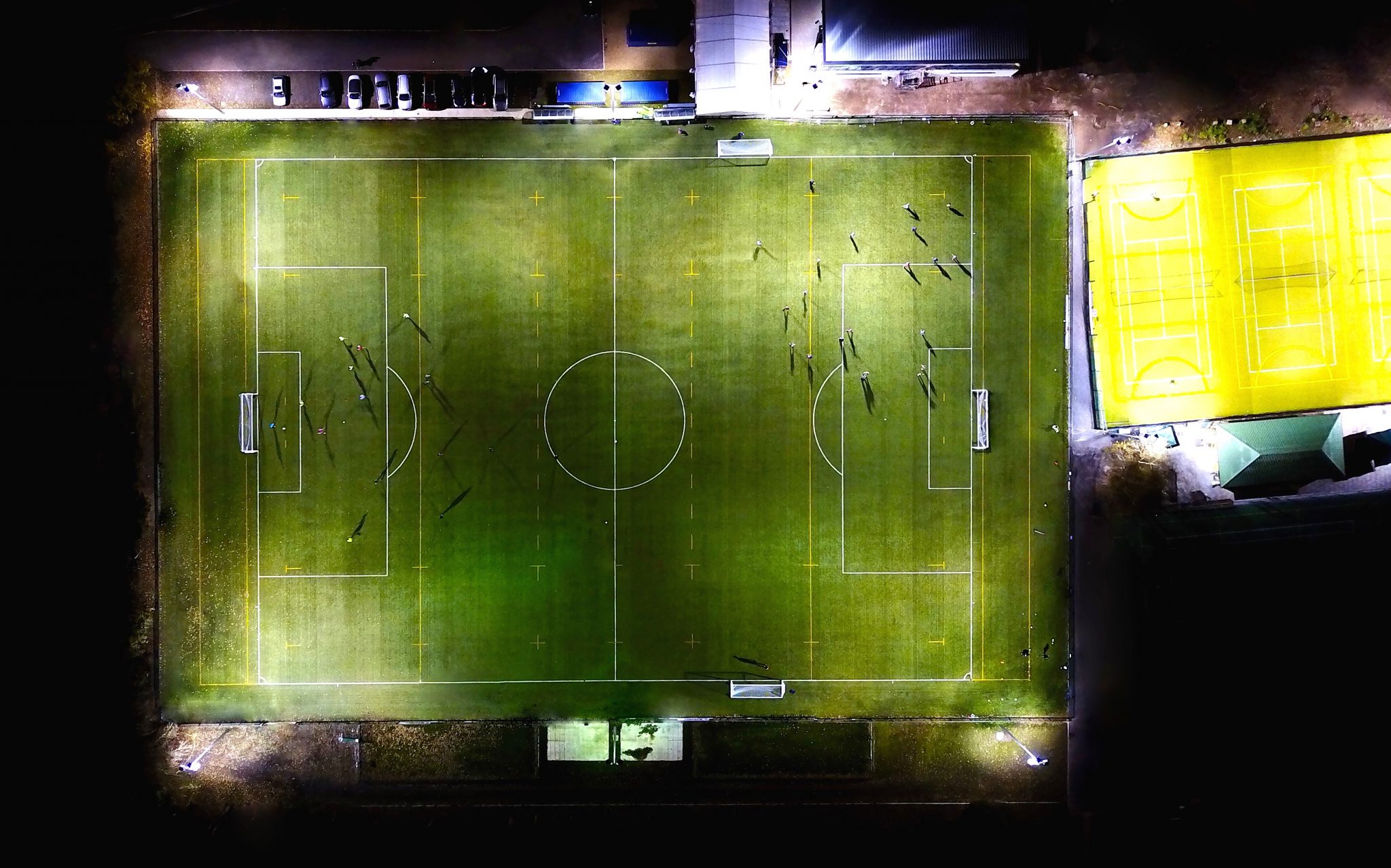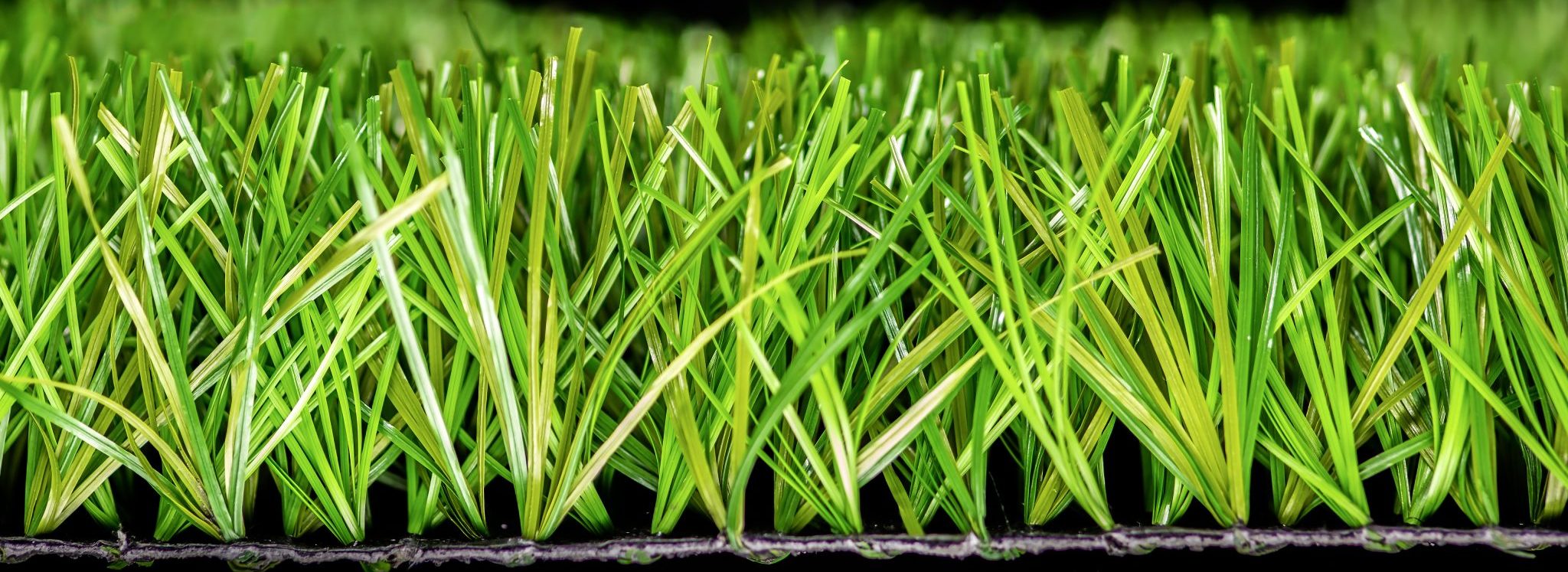What changes will we see in 2021’s UK synthetic turf market?
- 02/10/2021
After a challenging year in 2020 and a very slow start to 2021, government and press predictions are for an economic recovery, that will see the UK bounce back to life.
Disruption is probably the key word when we look at the UK’s synthetic pitch market over the last 12 months. We will have to adjust to new norms, so let’s consider what we may now see.
Acceptance
Pre-Covid there was still some opposition to synthetic turf in club sport, but this may change as participation returns and the increased demand for facilities is recognised. Clubs will see the financial advantages of owning a synthetic pitch – more use = greater community involvement = more income, as the way to survive. This will be true in football and rugby, where junior clubs, starved of income for twelve months look for new ways to keep alive.
Existing pitches
Many pitches just haven’t been used for long periods, and some new ones, not at all. This means that the normal wear and tear from play, just hasn’t happened. But, let’s not forget the climate, local conditions and possible lack of maintenance, which can impact the performance of a pitch. The worst scenario will possibly see some fields with reduced porosity caused by contaminated infill, which prevent drainage in wet weather. If you haven’t already booked a specialist company in to “service” your pitch, this should be considered without hesitation.
New pitches
There are still many new pitches planned for the UK, with many projects delayed from 2020, expected to start in 2021. Delays have been caused by planning applications taking much longer than normal, funding being either held-back or withdrawn, and decision making effected by other considerations. The poor early year weather has not helped 2021 get off to a good start, but with a fair wind and dry Autumn, it should be a boom year for new build pitches.
Resurfaces
As with new build pitches, many resurface projects were either cancelled or postponed last year. On the upside, some pitches will give their owners an extra year before they need replacing, but that is only deferring the inevitable replacement from happening. And whilst, the world sat at home, the powers that be have been looking at the best ways to uplift and recycle old synthetic turf, with the Football Foundations taking a lead with a specialist group looking into this problem.
Funding
The value of a synthetic turf pitch has only increased, with a surge in use expected from a population that has not been able to play its’ favourite sports, for so long. This means that facilities will still earn good money and are seen as an excellent investment, be it at clubs, schools or local council facilities. Football Foundation funded projects will continue and other funding from local authorities will still be available. Perhaps we will also see more private money coming into synthetic turf pitch facilities, through crowd funding, land exchange and investment opportunities in the growing leisure market.
Construction companies
Whilst 2020 was a slow year, most contractors specialising in synthetic turf kept busy and have survived into 2021. But with furloughs and redundancies reasonably common, we expect to see some personnel movement and changes in the work capacity of some companies. This will create opportunities, especially in those that better organised. What is not expected to change will be the ultra-conservative approach to pitch construction, with innovative, cost-reducing methods, not considered.
Surface suppliers
Whilst Covid has undoubtedly had a massive impact, arguably the biggest challenge in 2021 will be the fallout with Europe after Brexit. Bringing products in from mainland Europe will be more expensive and involve much more paperwork, which will see an increase in costs passed on to customers. UK turf producers will have it a little easier as their disruption will be limited to the import of yarn and backing. For suppliers outside Europe, such as CCGrass, we look forward to faster trading with lower import duties, once trade deals are concluded.
Innovation
There has been no significant innovation in synthetic turf pitches for many years. True, yarns have improved out of sight and different manufacturing methods, such as weaving, have been tried and not seen as any improvement, and new infill materials are in development, which means we are long overdue for some new ideas. Perhaps, a first look in the UK at the 100% recyclable PRT backed turf from CCGrass will be the major step forward in 2021.
Legislation
We expect to hear that SBR infills, used in synthetic turf, which are classified as microplastics, will be either banned, or their use heavily monitored. This may see an increase in the use of shock pads, to provide the correct sports characteristics and allow a 50% reduction in SBR usage. The overall impact will be a marginal increase in the system cost, but a long term benefit for the players and pitch owners, with pitches playing better for longer.
Undoubtedly, the demand and acceptance for synthetic turf facilities will only increase, and, 2021 could really be the year that sparks some changes in our industry. By seeing disruption as an opportunity, those with the right mind-set will do well.






